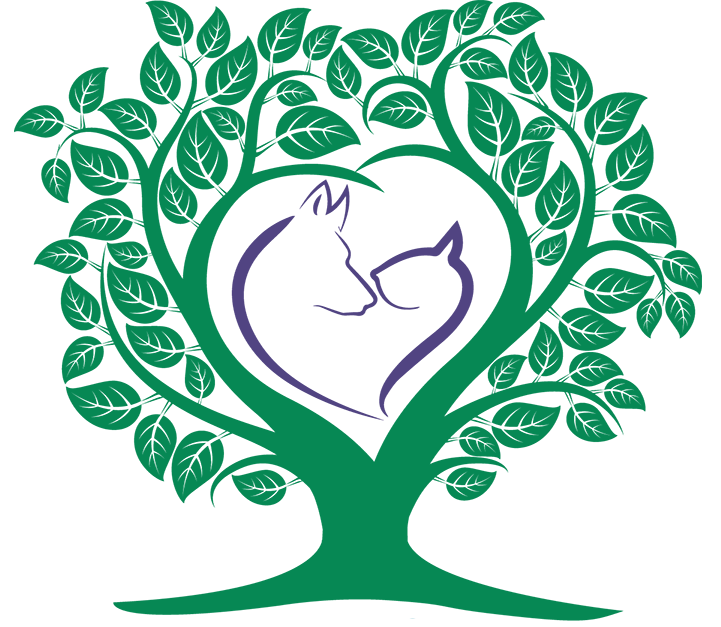Updating Your Animals About Changes in Your Life
Our animal companions are family members who thrive in environments of harmony, balance and consistent routine. Anything that happens within the family affects them. Change causes waves of unbalanced energy in the family that they find unsettling.
Changes can be small things that cause little hiccups in their daily routine such as a shift in feeding schedule due to daylight saving time, or an early morning meeting that moves walk time to later in the day. Big changes such as moving across the country, welcoming a baby, kids going away to college or a variation in work schedule have a huge effect on our animal companions.
Keeping our animals abreast of the situation through daily briefings makes these things easier on our animals. They listen to us by tracking the energy of our thoughts, feelings and emotions. We can show them mental pictures by describing the facts of any situation and how we feel about it, but it’s important to be accurate, precise and concise. Think of it as providing data points.
The animals are great at modeling communication of facts and data points. If we’re out walking and my dog begins to walk stiff legged and his tail puffs up, these are data points through which he is communicating the facts that one of his arch enemies is approaching. As soon as this enemy comes into sight, the barking, huffing and lunging begins—data points. He is delivering the fact that to him this dog is bothersome and he wants to get a piece of him. Once we’re past the enemy, he shakes it off—another data point communicating the fact that the moment has shifted. He then continues on his walk without a care in the world. He isn’t worried about whether he should have lunged further, pulled me across the street or bitten that dog. Instead he is present here and now in this new moment.
As humans, we employ words rather than stiff-legged walking and puffed up tails. Say you have a kid moving out, you can tell the dog or cat aloud, while imagining the scene like a movie, “Henry is leaving to go to college far away. He will not live at home anymore and we won’t see him very often. I am excited for Henry and this next step in his journey of life. I am also very sad and grieving because I will miss his presence. I also feel confused because I only remember life with Henry as a big part of it.” Really say it all, because they can feel it. Once you’ve updated them you become more trustworthy because you are congruent. What’s going on inside matches what’s happening outside.
Without daily briefings animals become detectives, trying to figure out what’s causing change by tracking the energy in the house and within the family members. Body language and breathing patterns reveal much about our internal states. Our bodies release certain chemicals in response to certain emotions. When stressed, breathing gets shallow. To an animal, holding our breath means we’re afraid. Breathing may be fast or erratic when we feel overwhelmed or anxious. We tense up when trying to control situations.
If we keep our animal companions informed about what’s going on and how we feel via daily briefings, they won’t be as dependent on the unconscious signals our bodies are sending and less likely to worry or become stressed themselves because they don’t understand the cause of our fear, anxiety, worry or overwhelm.
The animals invite us to stay present and track our body language to gain understanding of what we’re communicating energetically. As a side effect, this brings us new and perhaps more accurate awareness about how we are truly navigating change.

